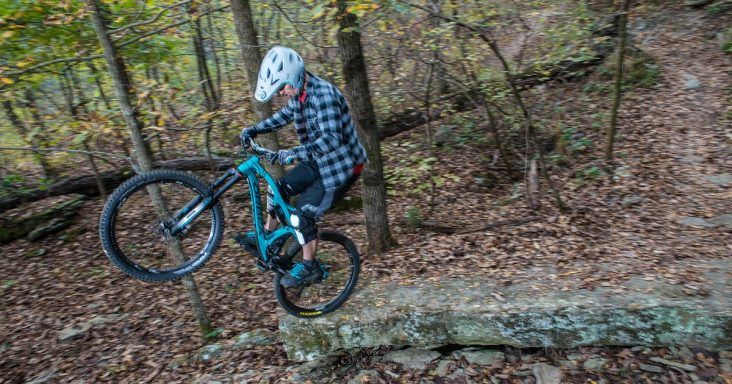Feds to enhance measure valuing outdoor recreation; Arkansas hospitality official praises the move
by September 17, 2018 4:29 pm 467 views

Photo credit: Arkansas Department of Parks & Tourism
The U.S. Department of Commerce on Sept. 30 is expected to release a second, but better version of its first-ever forecasting tool to measure the “ripple effect” of the outdoor recreation industry of Arkansas and other nature-focused state.
The Commerce Department’s Bureau of Economic Analysis (BEA) released the first edition of its new measurement of the economic power of outdoor recreation without much fanfare in February, but announced plans last week to re-issue an enhanced set of statistics after consultation with economic data crunchers and other stakeholders. That initial report suggested the outdoor recreation economy was 2% of U.S. Gross Domestic Product (GDP), or $374 billion, in 2016.
The updated economic indicator will provide more detailed breakouts about specific activities and more data to analyze the outdoor recreation economy compared to the first-ever release six months ago. Specifically, data on gross output, a measure of sales or receipts, on outdoor activities, will now be available for 48 items rather than an earlier list of 35.
Montine McNulty, executive director of the Arkansas Hospital Association, called the BEA’s new economic tool will allow state officials, local government and the private sector to more closely account for “the future growth of the Arkansas economy (that) may very well be tied to development of outdoor recreation, tourism and hospitality.”
“Arkansas is the Natural State and it is exciting news to see a tool developed by the U.S. Department of Commerce designed to measure activities so important to Arkansas’ future and quality of life,” McNulty told Talk Business & Politics. “Arkansas has had so much outdoor recreation development going on in the past two years and with the ongoing future plans we have this economic report will validate the investment and show the economic power of the outdoor recreation industry.”
As of today, outdoor recreation is already woven invisibly into the BEA’s broad national statistics, such as U.S. real GDP. The new account pulls these threads of data together in one place, with expanded detail, creating a picture of the outdoor recreation economy that would otherwise remain hidden within BEA’s existing statistics, Commerce Department officials said.
For example, the BEA will now offer more detailed breakouts on specific outdoor-related economic activity such as an East Coast family traveling to Arkansas to canoe or camp on the Buffalo River, or the annual flow of duck-hunting visitors from across the globe this fall into the Arkansas Delta.
Besides highlighting the economic impact on updated list of outdoor activities, the upcoming BEA statistics will also offer researchers and economic forecasters a way to better discern the performance of this part of the economy by removing the effect of price changes. Users will now get 20 sets of tables, 15 more than what was made available in February.
“These new tables provide “real,” or inflation adjusted statistics, for gross output as well as for value added – the economic value generated by outdoor rec industries,” the BEA said in a news release. “Other new tables will provide users price indexes and growth rates for inflation-adjusted gross output and value added statistics. In February, only current dollar values and growth rates were available.”
In another improvement, the soon-to-be released statistics will be based on refined methodology. For instance, the new statistics will capture all outdoor recreation trips – regardless of how close to home they are. In February, local trips and travel were counted only if they occurred at least 50 miles away from home.
The BEA’s new forecasting tool was developed as a result of the “Outdoor Recreation Jobs and Economic Impact Act of 2016,” which was approved by Congress in December 2016 and signed into law by former President Barack Obama days before he left office. The law instructs the Commerce Department to assess, analyze and quantify the true size of the outdoor economy and its effects on the overall U.S. growth.
Outdoor recreation activities will now join BEA’s other supplemental statistics that spotlight arts and cultural production, travel and tourism, and health care. The new data will add to public understanding and inform decision-making by policymakers, businesspeople and the managers of public lands and waters, officials said.
The initial set of statistics that will be release on Sept. 30 will cover the period from 2012-2016. Information about the new outdoor recreation statistics, what they do and don’t include, and how they are measured can be found here.
